FERGUS FALLS – When I first met my farm-raised husband, and he told me that his dad grew corn, I assumed he meant the kind you got at the grocery store.
“No,” he corrected me. “It’s field corn.”
That confused me further. “Isn’t all corn grown in a field?”
Well, yes, technically, he explained. But the corn his dad grew wouldn’t ever feed a human. You could, if you wanted, pick an ear and roast it, but it wasn’t as sweet as corn on the cob. Field corn was intended as livestock feed.
That was my first introduction to growing corn. Over nearly two decades of marriage, we’ve occasionally grown corn ourselves. But certain aspects of corn growing baffle me. A huge percentage of our crop ends up in ethanol. Testimony during a recent public hearing in Fergus Falls said that the amount of corn processed at the local ethanol plant amounted to 70% of Otter Tail County’s corn crop. Uff-da!
Back in the 1970s, people thought ethanol was a green alternative to gasoline. Then in 2022 a study funded in part by the National Wildlife Federation and U.S. Department of Energy found that, from start to finish, it’s actually worse for the environment than gasoline.
It turns out that not only do corn fertilizers hurt our drinking water (more on that in a bit), but ethanol plants emit tremendous amounts of carbon dioxide. So much that a company, Summit Carbon Solutions, wants to build an $8.9 billion network of 2,500 miles of pipeline to capture that planet-warming gas from ethanol plants in Iowa, Minnesota, North Dakota, South Dakota and Nebraska, and whisk it off for burial in North Dakota.
The company says that it would be privately funded, but that once it’s operational, its income stream would include tax credits started under President George W. Bush., as well as through the low-carbon fuel market and voluntary carbon credits. Voluntary carbon credits allow polluters to keep polluting as long as they buy credits from companies that remove greenhouse gases from the atmosphere.
So. Give me a minute while I allow my pokey brain to work this through.
Doesn’t that mean that the ethanol industry, which Taxpayers for Common Sense estimates has already received tens of billions of dollars over the past 40 years, and which is still around because farmers like it for jacking up the price of corn and politicians are too cowardly to say no to them, and which is bad for the environment, and which worsens climate change, would be further propped up by a mind-blowingly expensive pipeline?
It sure sounds like it, doesn’t it?
Instead of burying thousands of miles of carbon dioxide pipeline, wouldn’t it be easier — and cheaper for taxpayers — to phase out the ethanol plants and grow less corn?
Carbon pipelines have operated safely for years in many places. But they’re not without risks. A carbon dioxide pipeline leak poisoned a Mississippi community in 2020. Two hundred people evacuated and 45 people went to the hospital. Emergency responders were hampered when their vehicles quit working because of the gas. There aren’t many homes or businesses along the proposed route in Minnesota, but there are a few, and several of those residents sounded worried when they spoke at the Fergus Falls hearing.
Plus, corn can be hard on the environment. Some communities in Minnesota’s southeastern corners can’t even drink their own water because it’s so polluted by farm runoff. It’s difficult to pinpoint how much of that comes from corn, but corn is known as a “heavy feeder,” meaning that it requires significant amounts of nitrogen, unlike soybeans. Even with the precise applicators of today, rains and irrigation cause nitrogen to soak into the soil until it reaches drinking water.
We grow more corn than we need. The price of corn has crashed this summer, indicating weak demand, but instead of scaling back future production, corn growers are demanding that government find them new markets.
Farmers grow corn and soybeans because that’s how the system works. They have the equipment for it. They’re good at it. They understand their soil and how to squeeze it for the most corn they can get per acre. They get government subsidies that amount to millions of dollars for the largest farmers. And the markets are set up for it — they don’t have to travel far to haul the crop to a buyer. To change the way they farm would require expensive new equipment, new markets and new subsidies.
What would happen to the rural economy if we stopped growing so much corn?
It could be a boon.
The millions of tax dollars going into the state’s corn industry could be invested in rural communities in other ways, says Peg Furshong, who is fighting the carbon pipeline for CURE, a Montevideo-based nonprofit that focuses on climate, the environment and building democracy in rural areas.
Let me be clear. CURE is not saying we should phase out ethanol plants. The organization is focused on protecting our water supply, as the pipeline would need substantial water resources to operate.
Furshong suggested alternative investments such as creating local food systems. Adequately compensating our farmers to grow food that ends up on our dinner tables. Wheat. Oats. Kernza. Kale, edible beans, radishes. Sweet corn.
Real food for human consumption.
I know many farmers who would love to be able to do that.
If you want to comment on this proposed pipeline, you have until Sept. 11. Its environmental impact statement is available on the Public Utilities Commission website.
- Canva Pro

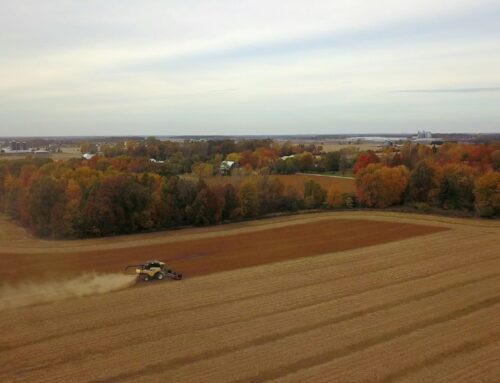

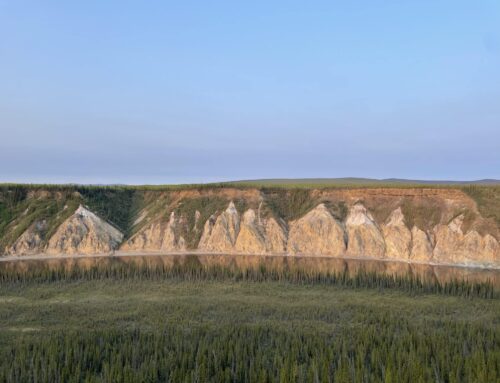
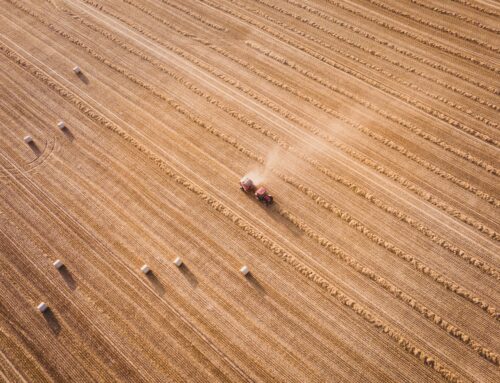


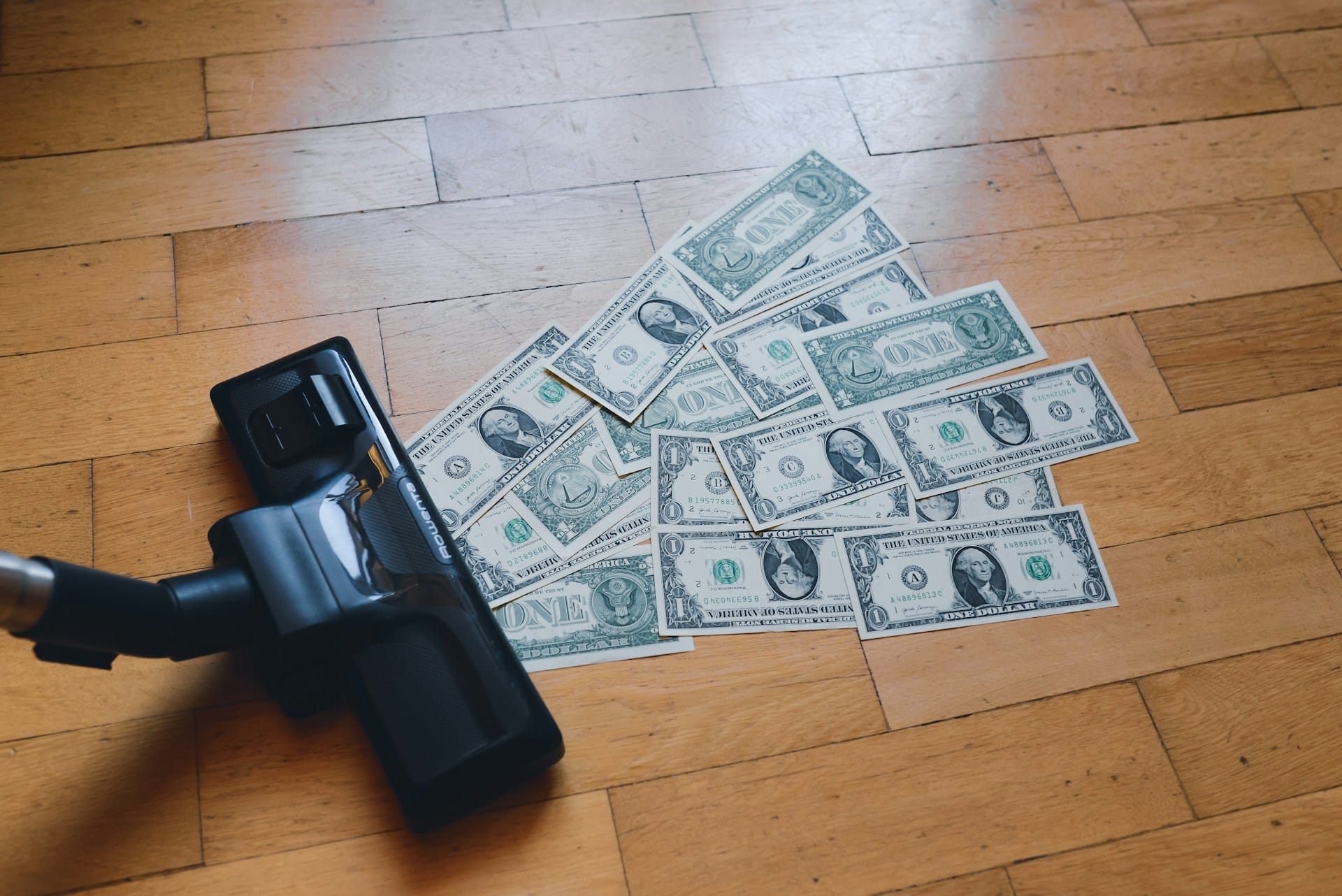
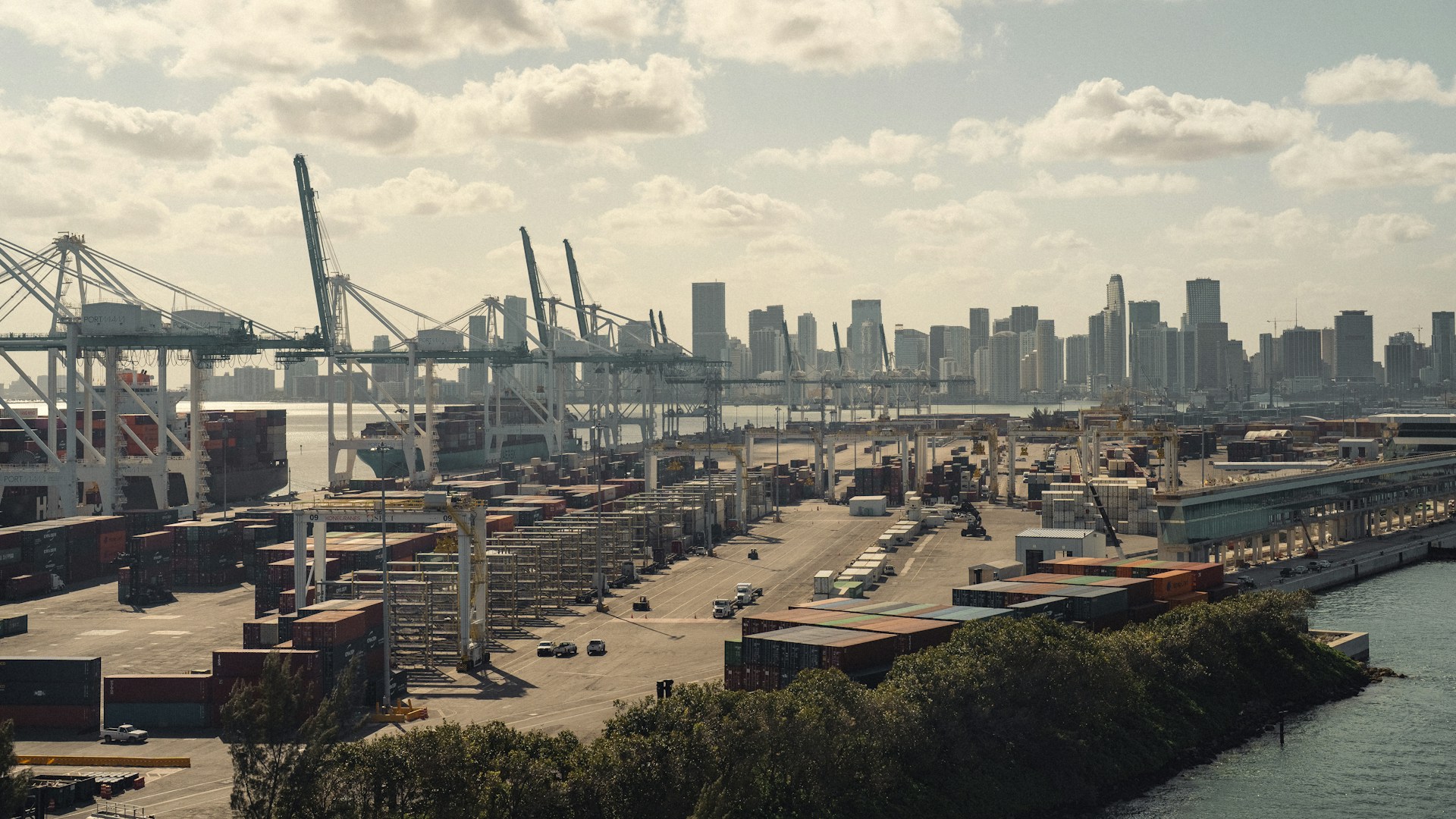
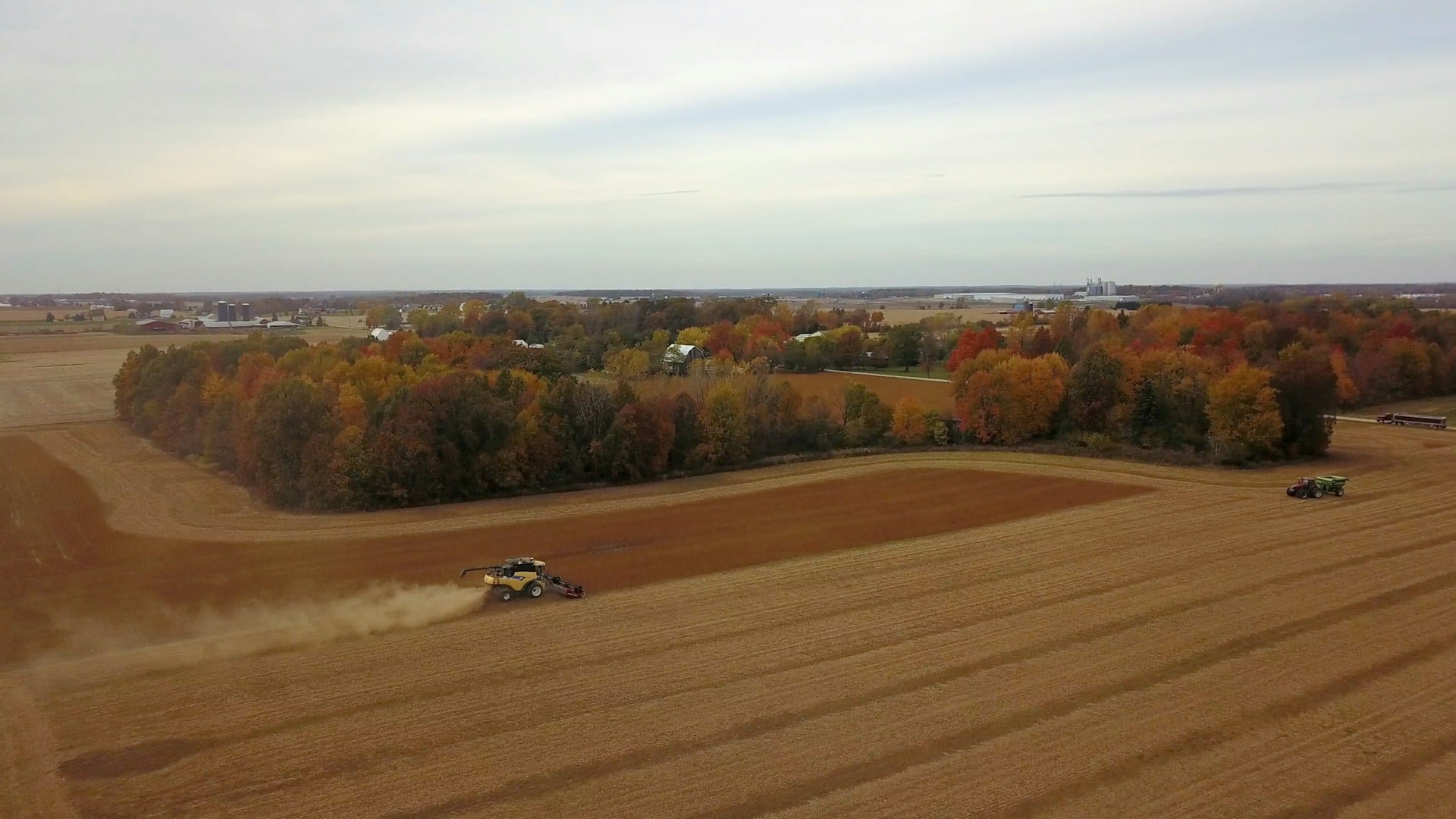
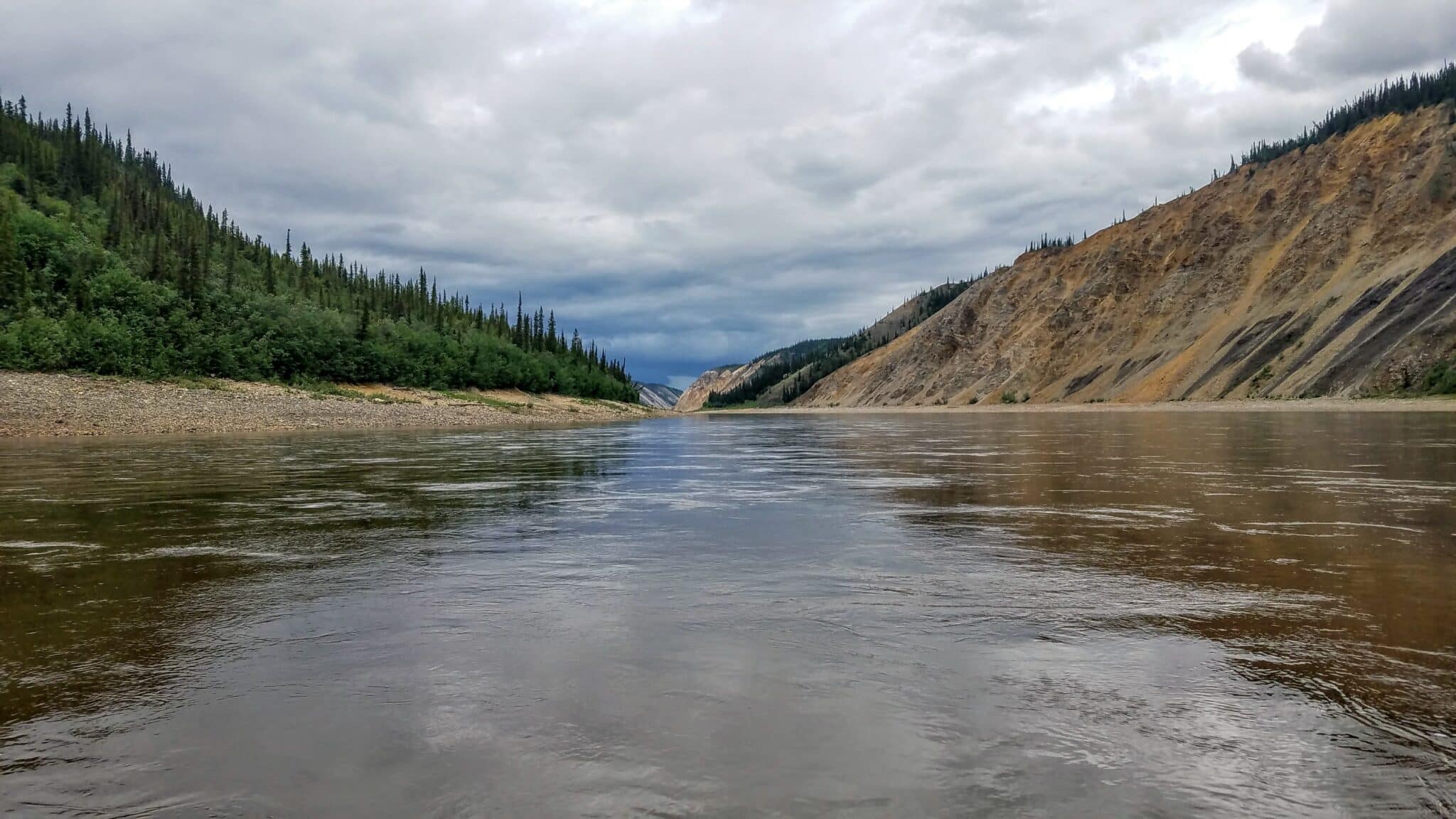
Get Social